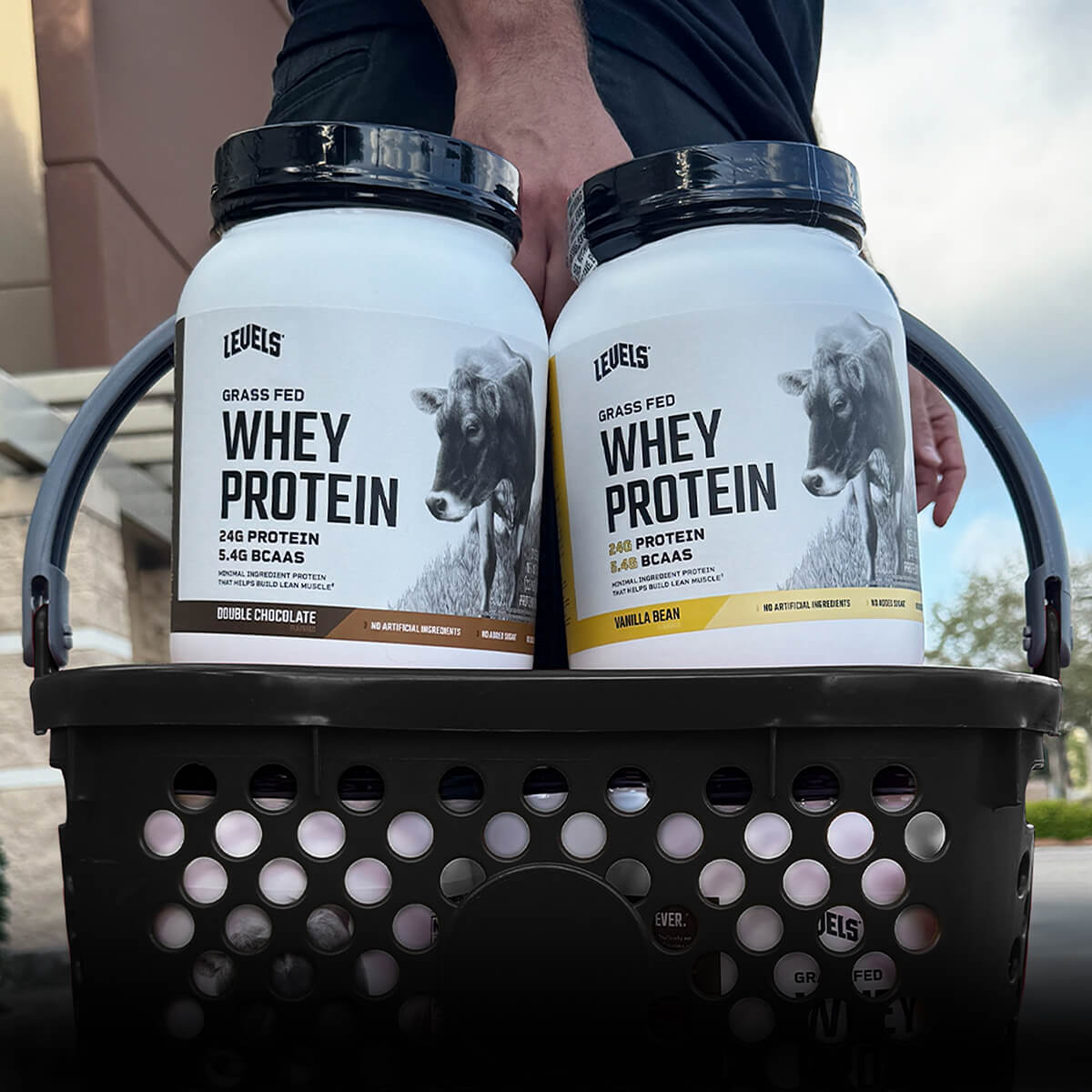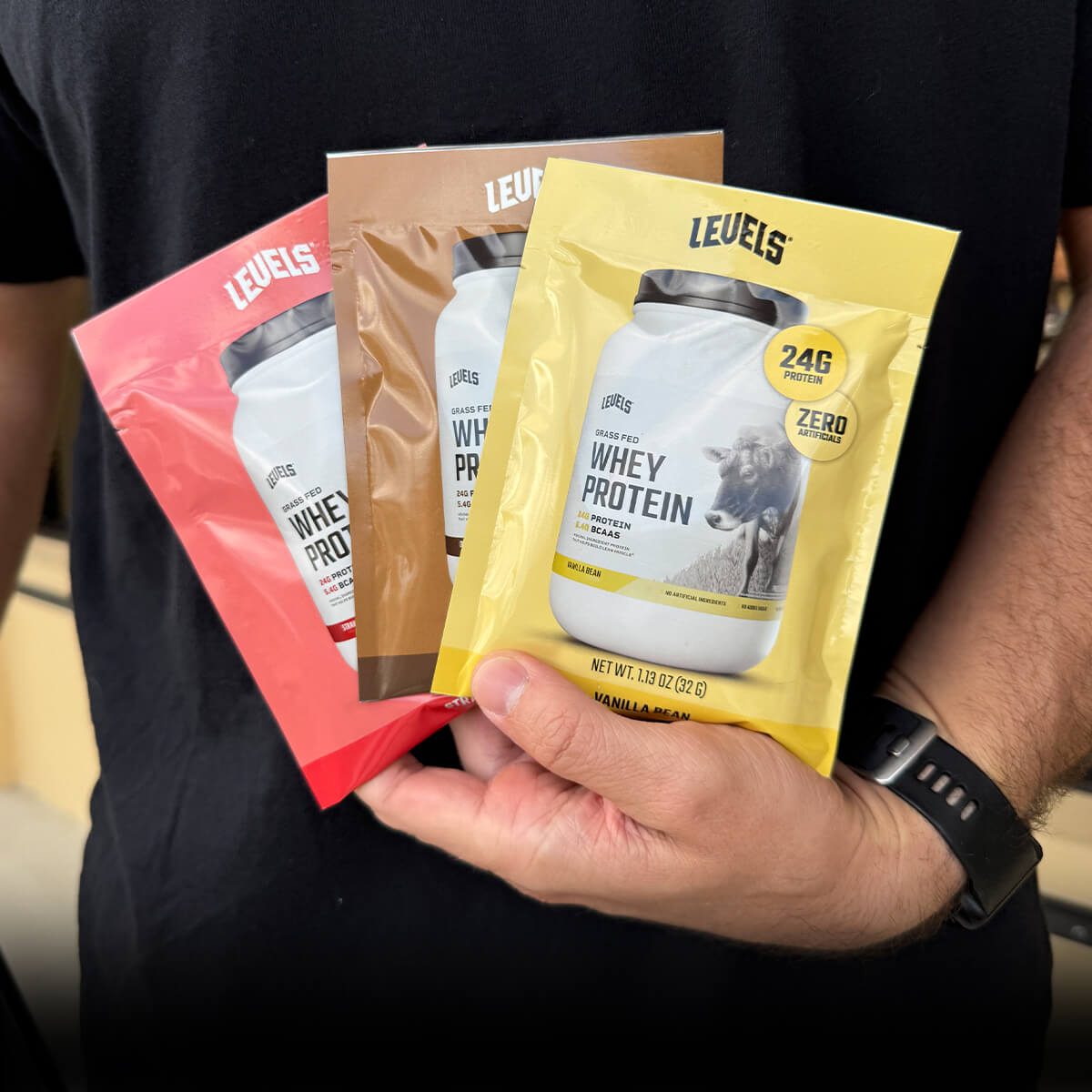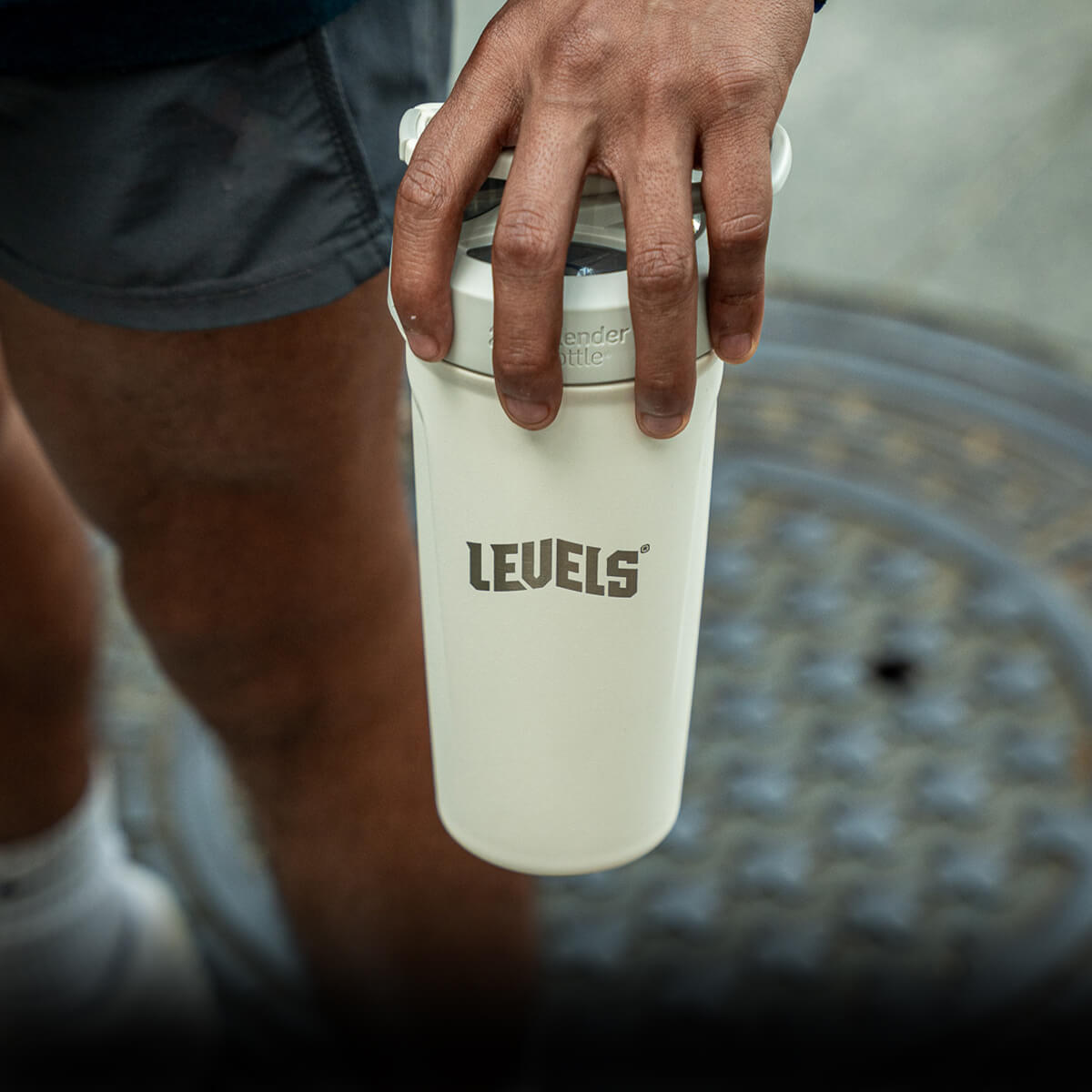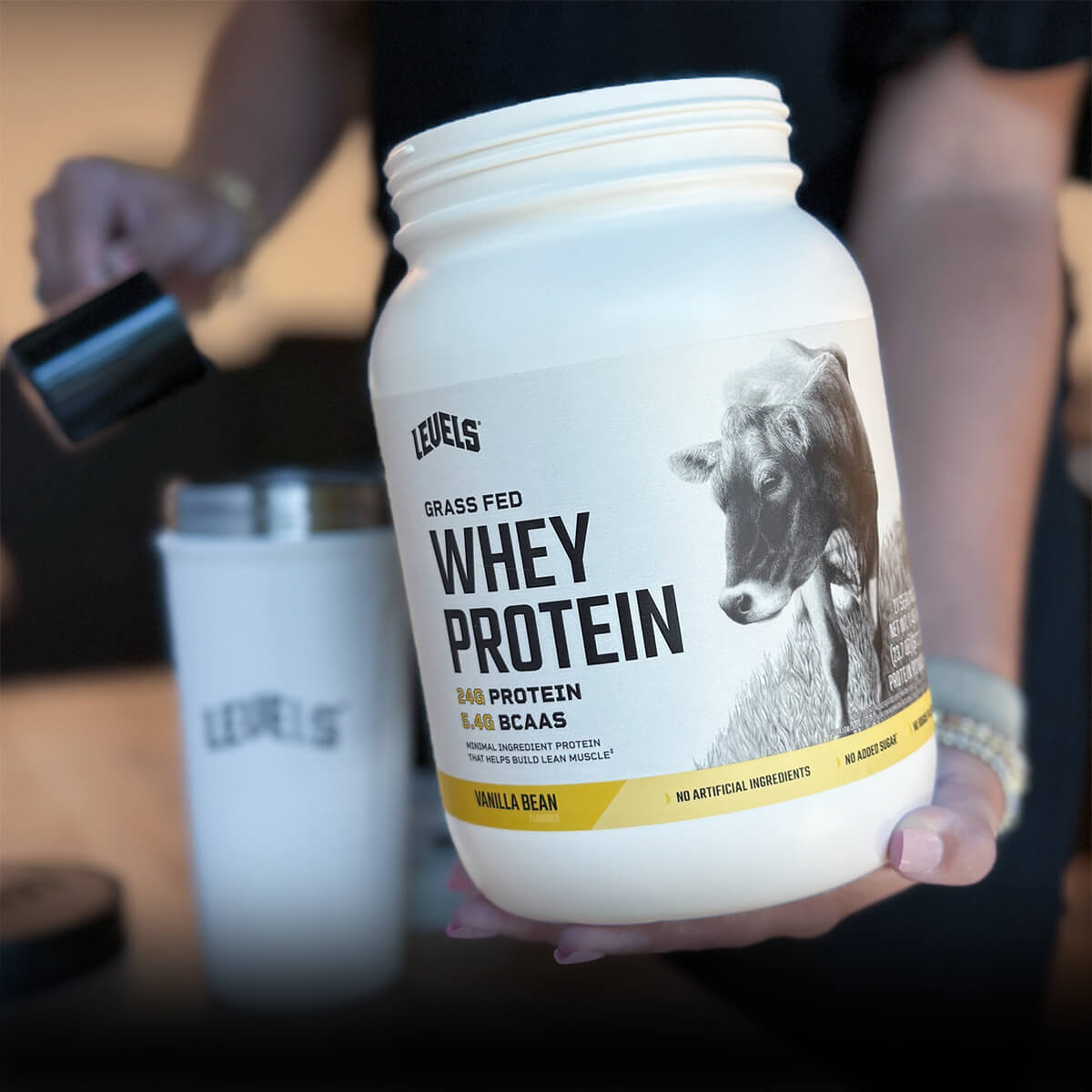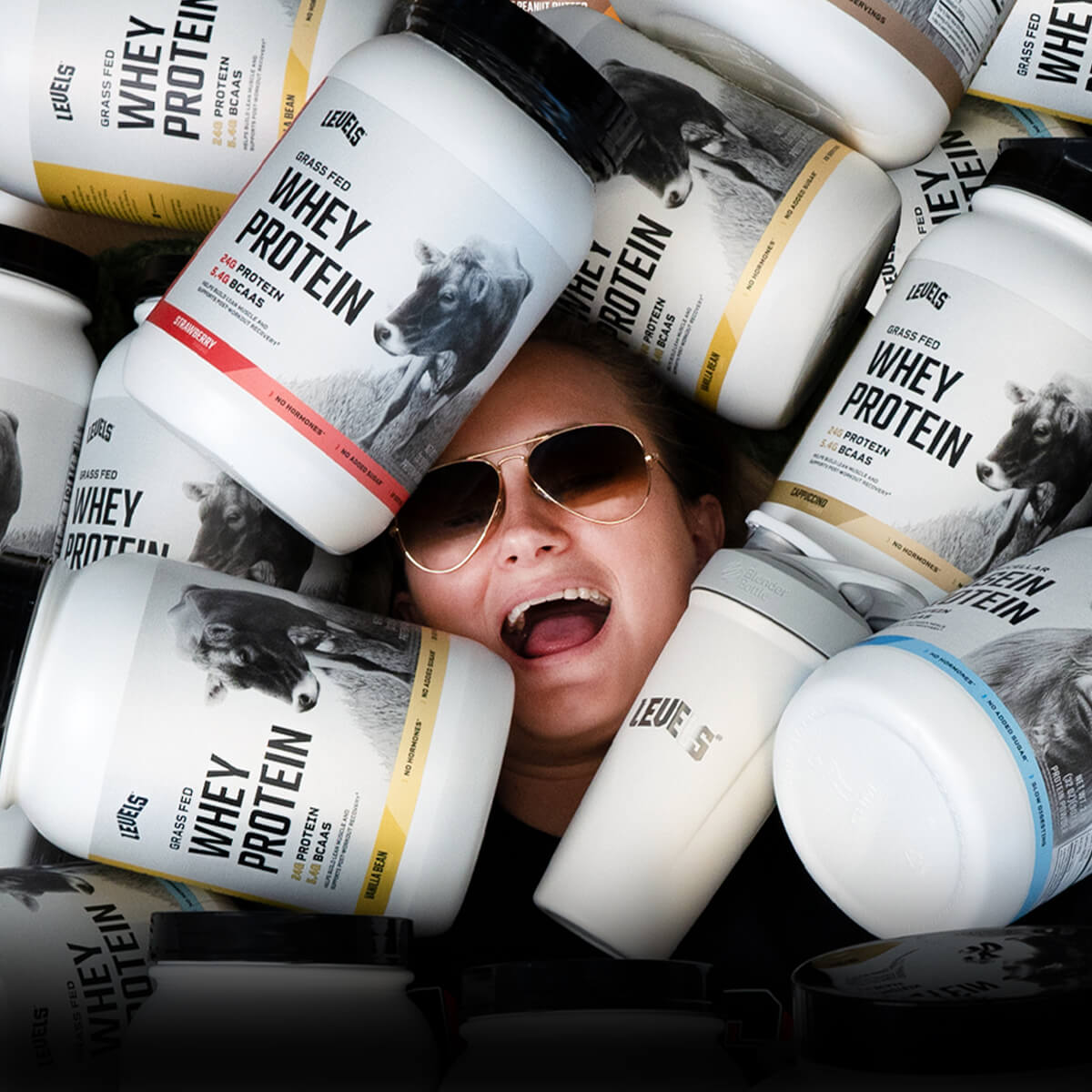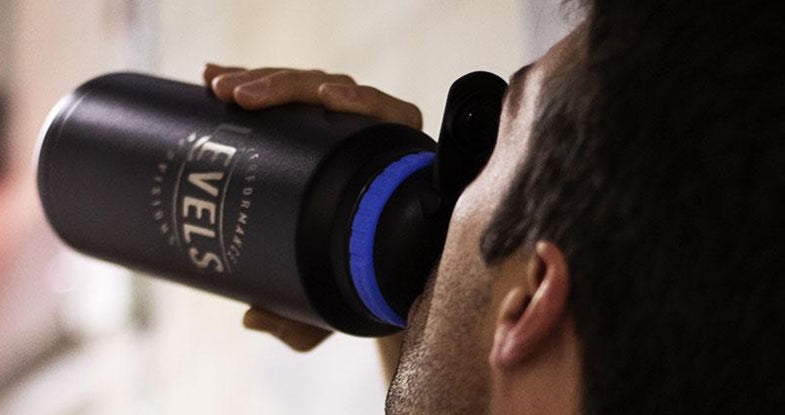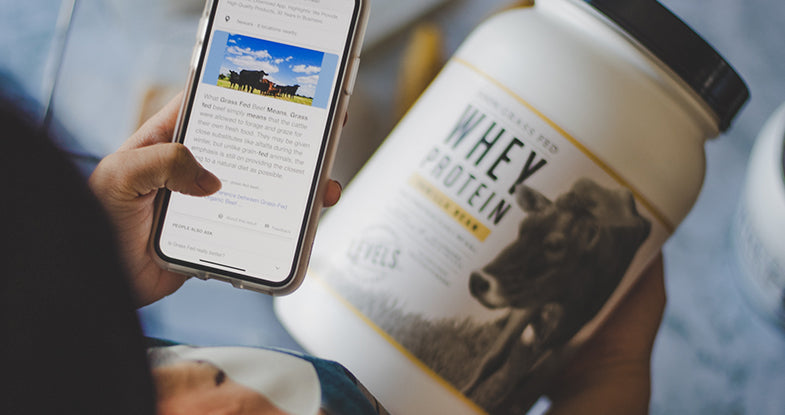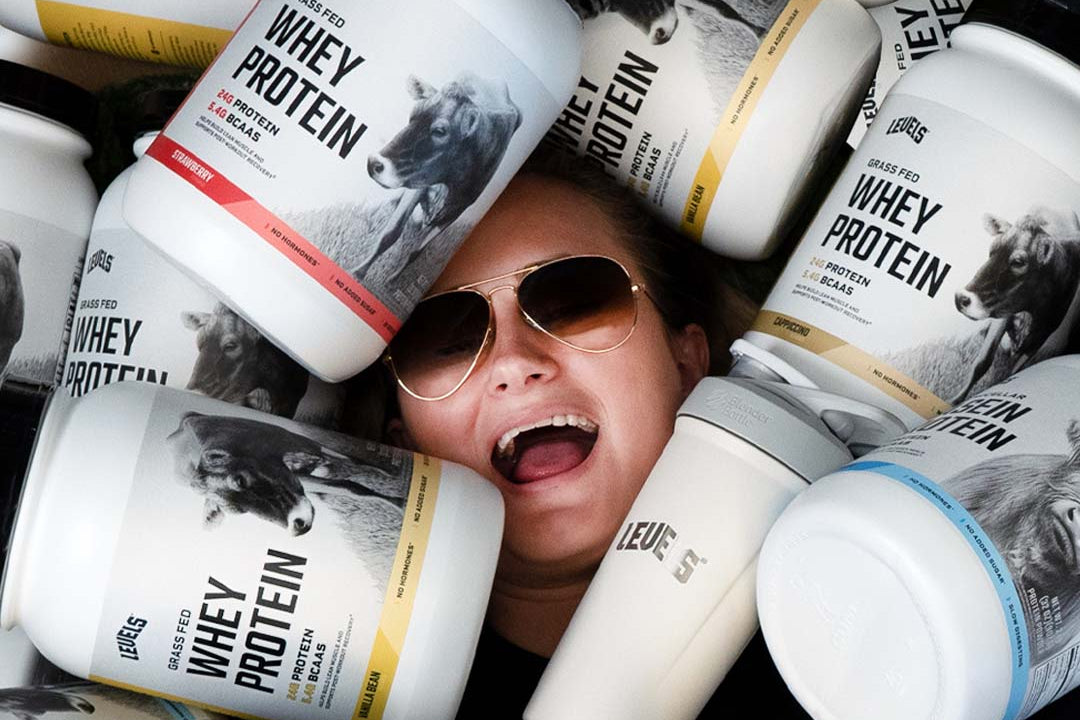Dialing in your nutrition plan isn’t easy, but the payoff is immense.
Calories? Check. Macros? Check. Post-workout nutrition? Check.
But what if you’re overlooking something essential--like protein absorption?
While it may sound simple, the way your body absorbs and uses protein is complex and fascinating. And protein absorption has big implications for the way you structure your approach to nutrition.
In this article, you’ll learn what happens when you eat protein, how much protein you can absorb in a single meal or throughout the day, myths and facts, and practical takeaways about protein absorption.
The Science Behind Protein Absorption
Although most people take the digestion and absorption of protein for granted, the process is far from simple.
As soon as you start to drink a protein shake or chow down on a juicy steak, here’s what occurs.
Chewing and Digestion
In your mouth, chewing breaks down food mechanically.
And as you chew, the saliva in your mouth begins the process of protein digestion. Saliva contains proteolytic enzymes that help break whole proteins down into smaller parts[*].
After you swallow, gastric fluids in your stomach further break down protein with a combination of hydrochloric acid and enzymes called proteases.
Next, the protein you ate reaches your small intestine. That’s also when your pancreas releases enzymes to break proteins down into shorter chains of protein and individual amino acids.
And in the first part of the small intestine, your body also neutralizes the acidity of the protein, which is a necessary step for absorption.
Absorption, Oxidation, and Liver Regulation
During a process called peristalsis, involuntary muscular contractions move your meal through your small intestine.
And as the protein you ate moves through your small intestine, extra enzymes from your intestinal cells continue to break proteins down.
As the recently-shortened proteins and amino acids make their way through your small intestine, tiny hair-like structures called microvilli help your body absorb the protein meal into your intestinal bloodstream.

From your intestinal bloodstream, short-chain proteins and amino acids pass on to your liver through your portal vein (the blood vessel that transports blood from your gastrointestinal tract to your liver).
Once in your liver, some amino acids may be oxidized (used for energy). But only branched-chain amino acids (BCAAs) can be oxidized outside your liver (by muscle tissue, for example)[*].
And when your liver uses amino acids for fuel, it creates ammonia as a byproduct. Because ammonia is toxic, your liver converts it to urea as a non-toxic way to eliminate excess nitrogen from your body.
After that, your body transports the newly-created urea to your kidneys, which eventually discharge it as urine.
Amino Acids and Protein Synthesis
Your liver also controls the blood levels of amino acids for your entire body.
When your liver releases amino acids into circulation, your body can use them for protein synthesis, which is the process of building new proteins.
And protein synthesis is an essential step in cell division, tissue repair, and building new muscle.
Not only that, but your body can also recycle those same proteins and amino acids later on, even if you don’t supply it with new protein. The name for this process is protein turnover.
Finally, your body also stores small amounts of amino acids inside and outside of cells[*]. While researchers still aren’t entirely sure of the role of intracellular and extracellular amino acids, these stores appear to be vital for building and maintaining lean muscle[*].
Now that you’ve had a crash course in protein digestion, absorption, oxidation, and synthesis, we’re going to take a closer look at some vital protein absorption questions!
How Long Does Protein Take to Absorb?
The amount of time a protein meal takes to digest and absorb--in other words, how long it takes before your body can use it to build muscle--depends on several factors.

And as we just covered, the gut absorption of proteins takes place after salivary, stomach, and pancreatic enzymes break them down into smaller components.
First of all, protein must also pass from your stomach to your small intestine before your body can absorb it. This process is called “gastric emptying.”
And the type of protein you’ve eaten determines how long it sits in your stomach.
For example, whey protein leaves your stomach about 4 times faster than casein protein[*]. One study of lean, healthy young men found a gastric emptying rate of approximately 45 grams per hour after drinking whey protein[*].
Adding carbs or fats significantly slows down the digestion of whey protein, but the same is not true of casein protein[*].
Whereas blood amino acids peak about an hour and a half after whey consumption, casein takes 6-7 hours or longer to absorb fully[*].
And most solid food protein sources fall somewhere between whey and casein.
For example, one study found that amino acid levels from ground beef and steak peaked after 120-180 minutes, respectively[*].
Also, some studies attempt to measure the maximum rate of gut protein absorption in grams per hour. Here are some findings[*]:
- Whey protein: 8-10 grams per hour
- Casein: about 6 grams per hour
- Cooked egg protein: 3 grams per hour
However, those types of protein absorption rate studies are not conclusive. They suffer from issues such as small sample size, inconsistent methods, and failure to examine protein intake above 30-40 grams per meal.
The takeaway: don’t worry too much about how many grams of protein your body absorbs per hour. Instead, focus on matching the protein source at each meal with your current needs--fast-acting whey protein post-workout, and slower-absorbing proteins the rest of the time.
How Much Protein Can You Absorb Per Meal?
Now you know that various protein sources digest and absorb differently from each other, which is why matching your protein source with your needs is important.

But what about the amount of protein? Is there a maximum amount of protein your body can absorb at a single meal?
To answer the question of maximum protein absorption per meal, let’s begin by defining absorption.
Here’s how a 2018 article from the Journal of the International Society of Sports Nutrition defines absorption: “the passage of nutrients from the gut into systemic circulation”[*].
And is absorption from the gut a limiting factor, as some bro-scientists claim?
According to the same 2018 peer-reviewed paper, the answer is no:
“Based on this definition, the amount of protein that can be absorbed is virtually unlimited...the AA [amino acids] that are not utilized directly by the liver, then enter the bloodstream, after which almost all the AA ingested become available for use by tissues” [*].
And not only that, but it also turns out that any “excess” proteins or amino acids that you eat don’t appear in feces[*]. Researchers aren’t entirely sure what happens to them--they may feed your gut bacteria.
But basically, the idea of pooping out excess protein is a myth.
Is There an “Anabolic Ceiling?”
On the other hand, it’s more useful to ask, “Is there an ‘anabolic ceiling’”--essentially, is there an upper protein threshold per meal that maximizes muscle-building?

Fortunately, this is another area where we have some solid data, so there’s no need to guess.
A 2016 study found that 40 grams of whey protein in a recovery shake increased muscle-building by about 20% more compared to 20 grams of whey protein[*]. Surprisingly, this finding was equally true for more-muscular and less-muscular study participants alike.
Therefore, while doubling your whey protein dose doesn’t double the rate of muscle-building, it’s still a good idea to consume the extra protein if you want to build muscle.
And a separate 2016 study found that compared to 40 grams of beef protein, a meal containing 70 grams of beef protein further increased the whole-body anabolic response by preventing protein breakdown[*].
The second study also included carbs and fats along with beef, meaning it has applicability to real-world meals you might eat.
Bottom line: the upper anabolic limit of protein intake per meal is likely much higher than you might expect. In fact, researchers haven’t demonstrated an upper limit. If your goals include adding lean muscle, act accordingly.
Subscribe to get the latest advice, sales, discounts, product drops and more. Join now and get 15% off your first order.
How Much Protein Can You Absorb Per Day?
As we covered in the previous section, the amount of protein your body can absorb from your gut is “virtually unlimited”[*].
But, as before, a more useful question than maximum absorption is: “What’s the upper limit of daily protein intake for muscle-building?”
According to some research, 0.73-1 gram of protein per pound of body weight per day may represent an “anabolic ceiling”[*]. Put differently, that’s about 128-175 grams of protein per day for a 175-pound person.
Other researchers have observed that drug-free bodybuilders get their best results with approximately 1.6 grams of protein per pound of bodyweight daily, or 280 grams of daily protein for a 175-pound individual[*].
However, future research may show different results.
Additionally, other benefits of a high-protein diet include fewer cravings, reduced appetite, a faster metabolism, easier weight loss, a lower risk of weight regain after fat loss, and healthier aging[*][*][*][*].
That’s why, at Levels, we recommend a minimum of 25-30% of your daily calories come from protein.
Calculating your daily protein intake based on calories rather than body weight is more flexible, and also helps keep protein intake situated within the context of your current diet and goals.
Protein Absorption: Practical Takeaways
The process of protein absorption might be complicated, but there’s no need to overcomplicate your nutritional approach.
Keep these takeaways in mind, and you can’t go wrong:
- There’s no upper limit to how much protein your body can absorb, and excess protein does not end up in feces.
- While researchers haven’t discovered a definite “upper limit” where per-meal protein intake maximizes muscle-growth, it may be as high as 40-70 grams, or more.
- Match your protein source to your immediate need: whey protein post-workout, versus whole food protein sources at other meals (or whey protein with carbs or fats for meal replacement shakes).
- 40 grams of whey protein post-workout is more effective than 20 grams, regardless of your size[*]
- According to some researchers, 1 gram of protein per pound of body weight daily is the maximum needed for muscle growth.
- However, natural bodybuilders often use up to 1.6 grams per pound of body weight daily, and bodybuilders like Dave Henry (IFBB Pro and Mr. Olympia competitor) eat up to 2.5 grams per pound of body weight daily (500-600 grams) per day[*][*].
- Consuming 1.6 grams of protein per pound of body weight each day is safe, at least for moderate durations[*].
Also, keep in mind that your daily calorie intake is just as important as your protein intake--whether your goal is to gain muscle or shed fat.
In other words, if you’re having trouble reaching your goals, don’t leave daily calories out of the equation.
Because researchers don’t know the exact metabolic cost of building muscle, the wisest approach to gain muscle is to eat a caloric surplus of 250-500 calories (kcal) per day along with plenty of protein[*].
Conversely, if your goal is weight loss, you must ensure you have an adequate caloric deficit--and so long as you do, eating plenty of protein is the perfect way to boost your fat loss results.
The Bottom Line
Your body can absorb a virtually unlimited amount of protein--both per meal and per day.
So next time you hear a myth about protein absorption, don’t fall for it.
However, what truly matters is the maximum amount of protein that’s useful for building muscle and promoting exercise recovery.
Although researchers are still investigating that question, the current accepted scientific answer is somewhere around 40-70 grams per meal, and 1-1.6 grams of protein per body of body weight, daily.
But whether or not there is a real “anabolic ceiling,” eating a high-protein diet has a plethora of benefits for muscle-building, appetite, metabolism, fat loss, and aging.
Therefore, start with 25-30% of your daily calories from protein, then increase from there if you want to experiment with higher amounts. And always remember to dial in your calorie intake, as well.





